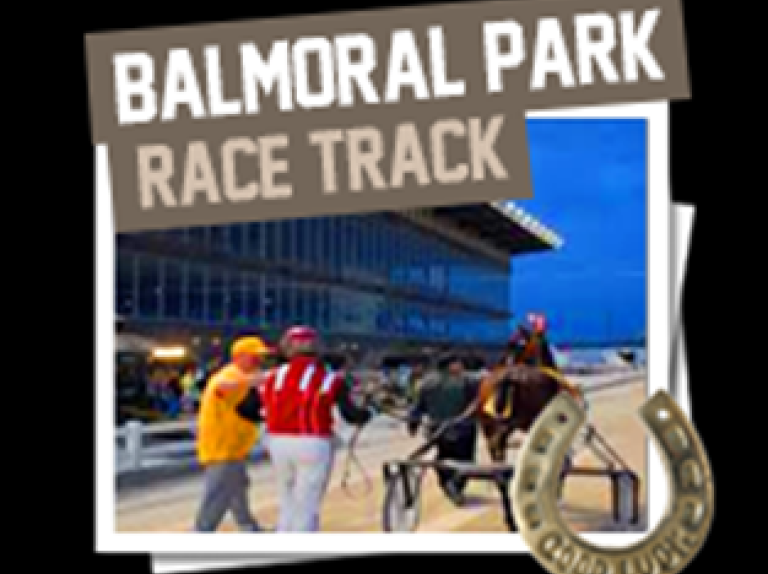
By Jack Johnson, Destinations International
During my junior year in high school, I discovered horse racing. A buddy and me would often cut out of high school at lunch time, grab some lunch at a German restaurant in Frankfort, Illinois USA and then head to the Balmoral Park Racetrack just outside of Crete, Illinois USA. The track was a half-mile horse track offering year-round harness racing located about 38 miles south from Chicago's loop.
Upon entering the track, my friend would go get a couple beers (he was a senior and looked older) while I would buy a couple race programs. The programs will list all the horses running in each race that day and provide you with a wealth of information on the horses including recent performance. The program would look like the one I grabbed off the web and pasted below. The first thing you will notice is that it has a language all its own and will prompt you to have the same reaction other people get when we start talking about occupancy, RevPAR and ADR. The second thing is that there is an overwhelming amount of information provided in a small amount of space. It can be mind-numbing. I think that is why so many people bet based on name or a hunch. I also think that is one of the reasons the tracks make money.


I realized something one day. All the information is relevant, but all the information together was not relevant. What I needed to do was identify just a couple statistics that I understood and felt would give me insight to the possible results, compare those stats of all the horses in the race and make a decision on the type and amount of the bet based on how far a horse came out on top based upon the comparison. That is what people mean when they say “I have a system’” Luckily, I found a guy at the track who help me sort through the stats. I settled on four stats and those where the only four I looked at. It was then that I started winning on more regular basis. I wasn’t becoming rich, but I wasn’t losing as often as I was before.
I have thought about those racing days as I have poured through volumes of COVID-19 data. It can be confusing and overwhelming just like reading a race program. And the same thing is true here as it was with betting on horses. All the information is relevant, but all the information together is not relevant.
The researchers at the Harvard Global Health Institute have come up with a new framework that attempts to brings clarity to metrics and help communities in the United States determine the severity of the outbreak they are responding to. The new, online risk-assessment map allows people to check the state or the county where they live and see a COVID-19 risk rating of green, yellow, orange or red. The risk levels are based upon the number of new daily cases per 100,000 people.


The map launched this past Wednesday and is the result of the consensus of eight institutions and more than a dozen individual experts who have agreed on these metrics. The hope is that for the public, this means you can now compare the case incidence where you live to that of, say, a nearby county where you are considering going on an errand. Or the county where your parents live if you are considering a visit. It gives you a way to assess your community's risk level compared to others quickly and modify your behavior accordingly. For policymakers, the risk levels are meant to signal the intensity of the effort needed to control COVID-19 and to trigger specific interventions. The folks who put the map together have released guidance for how state and local leaders should manage their response, depending on their risk level.
I am betting that it will bring about a lot more clarity to the decision making. It is worth a trip to the Harvard Global Health Institute’s Pandemic Explained website at www.globalepidemics.org not only for the map but a whole lot of other information.
